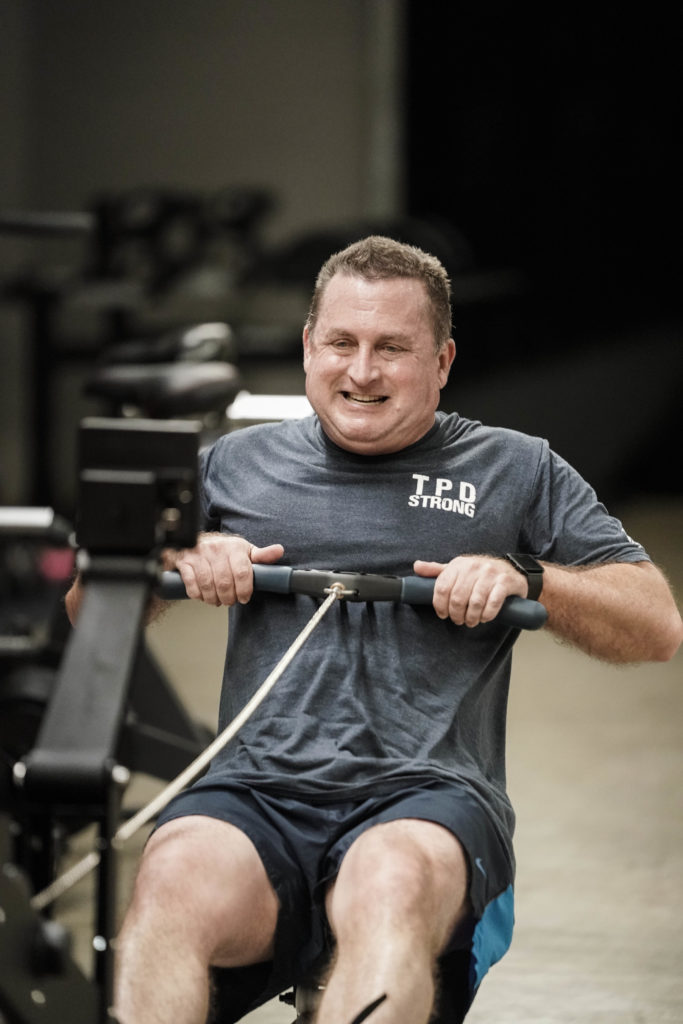Over the last few months we have introduced recommended pacing and intensity percentages for each workout. Each day during the whiteboard brief the coach will typically recommend the perceived effort that we want you to approach the workout with. Some days we want 90%, other days we’re looking for 75%, and even some days will be 50% effort. So what exactly does 75% effort look like and why does it matter?
Have you ever done a workout and raced as fast as possible through the first round only to realize you had just made a huge mistake? Yeah, I’ve been there too. As coaches we want to be able to help you understand how hard to push yourself in any given workout based on the duration and goal of the day’s training session. The easiest way to understand our pacing goals and perceived effort is by looking at the duration of the workout.
Longer workouts of 20 minutes or more are going to require you to stay at a lower perceived effort to sustain output across a long period of time. Think of something like a 5k row or Murph. These workouts should ideally be performed at a conversational pace or around 50-70% effort depending on the duration.
Medium length workouts that are between 7-20 minutes we typically want to shoot for around 70-80% effort. These workouts push us to intensity levels that begin to get a bit uncomfortable. We want to perform these workouts with lighter loads that we know we can move quickly with short bouts of rest (this is why proper scaling is so important).
Finally, 80+% effort is reserved for our short and intense bouts typically 5 minutes or less. These workouts would also be our 1 rep maxes, assault bike sprints, and any lifts above 90%. Any effort in this zone needs plenty of time between sets for recovery to sustain.
The concept of intensity and perceived effort can certainly be complicated to understand and even harder to apply to your workouts on a daily basis. The good news is that the more workouts you do the better you will understand your effort and pacing and the better you will become at approaching each workout with the proper intensity. The best way to get better at pacing is by always starting out slower or at a lower intensity and increasing your pace as the workout progresses. Give it a try on your next WOD and of course ask a coach if you have any questions on how to pace your workout.





